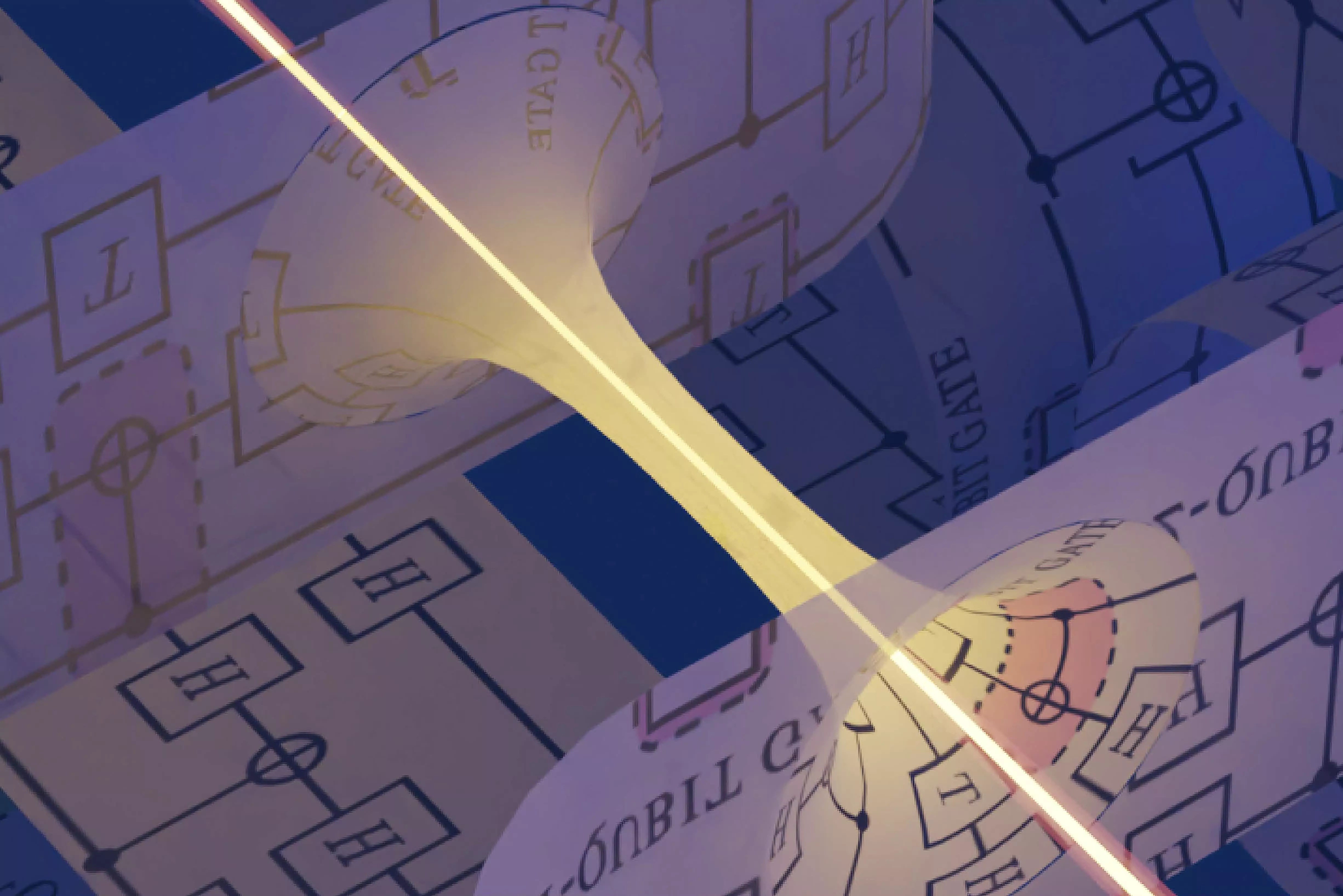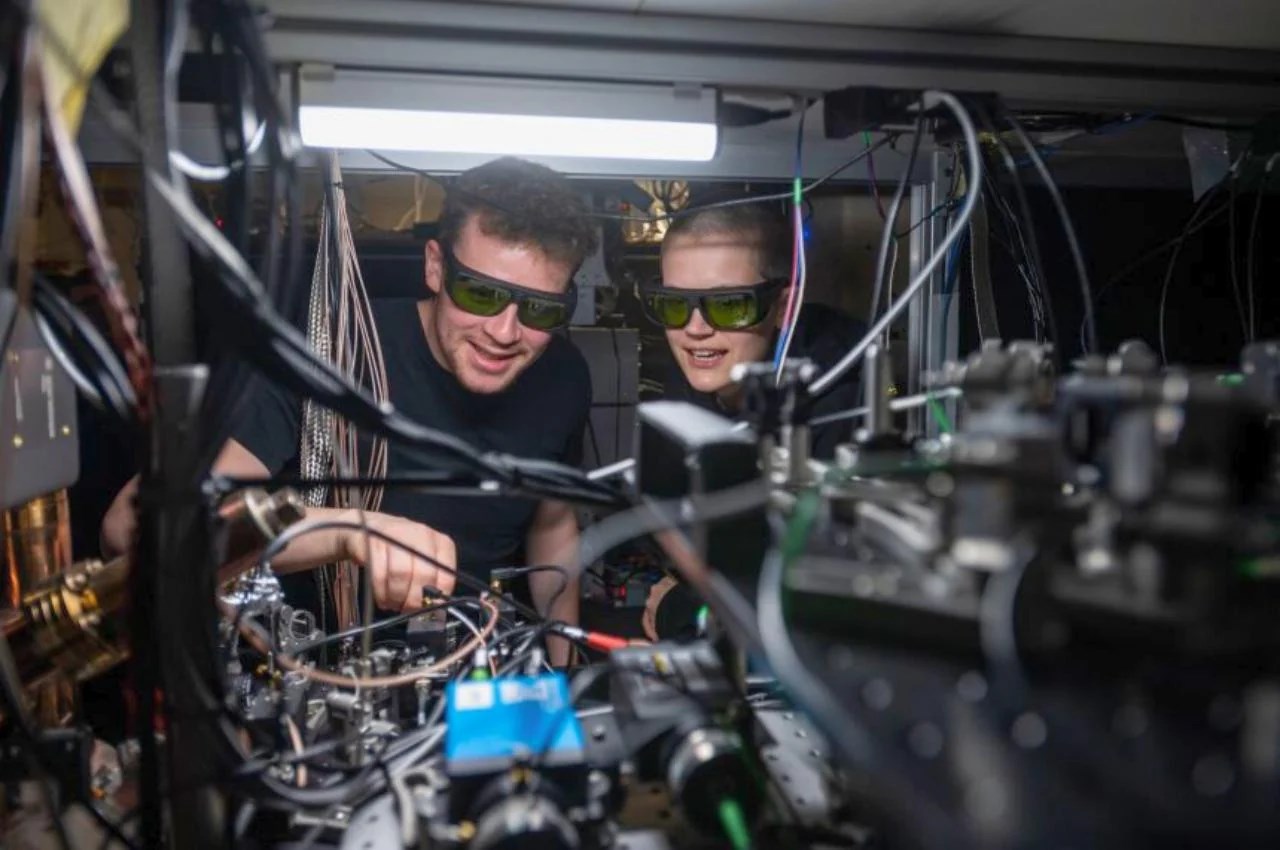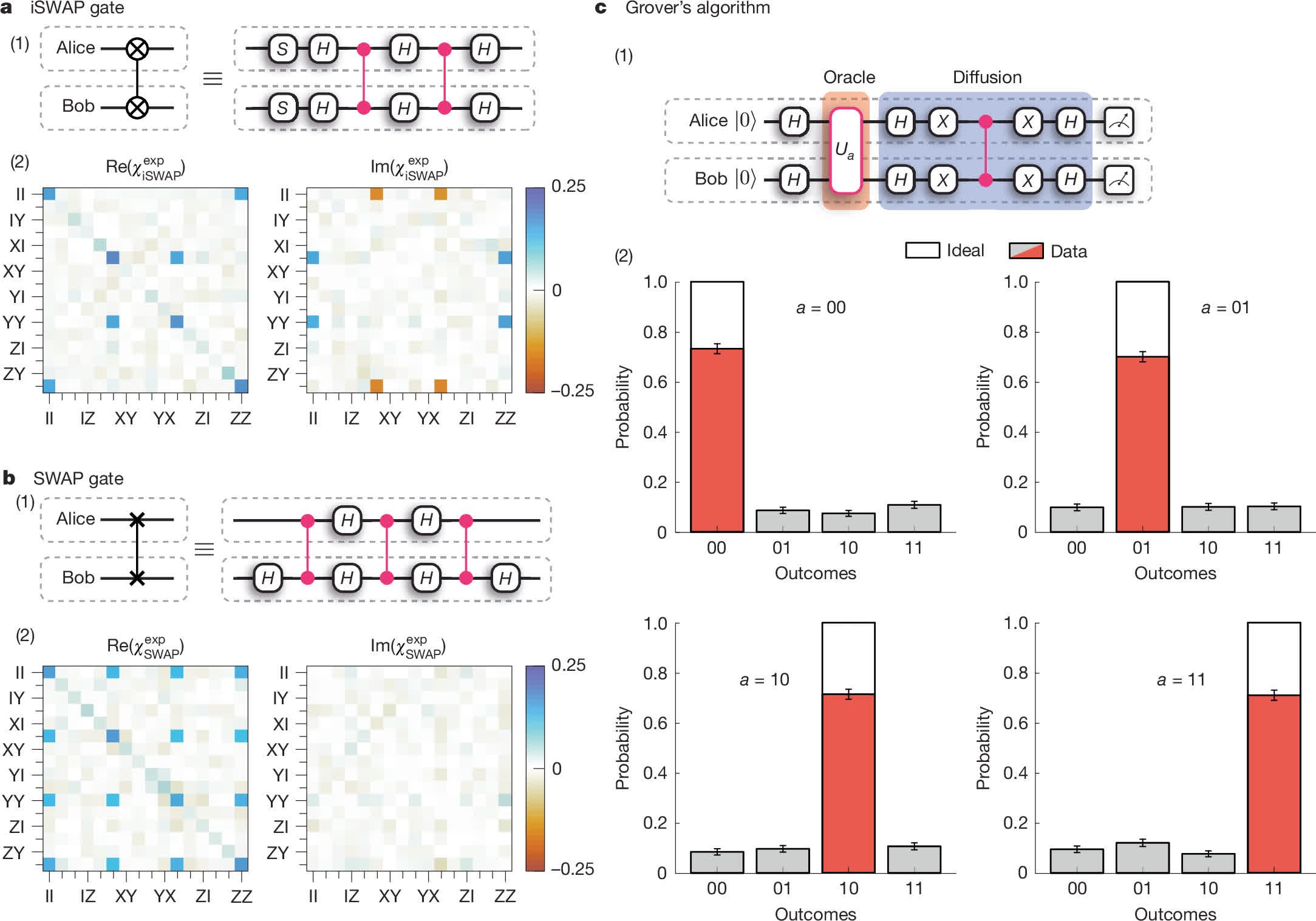 Although quantum computers have the potential to revolutionize in the scientific world, many technical difficulties need to be overcome for large -scale use. However, researchers from Oxford University may have overcome an important threshold in this field. According to the article published in Nature magazine, scientists have managed to transfer data through quantum irradiation between two quantum computers.
Although quantum computers have the potential to revolutionize in the scientific world, many technical difficulties need to be overcome for large -scale use. However, researchers from Oxford University may have overcome an important threshold in this field. According to the article published in Nature magazine, scientists have managed to transfer data through quantum irradiation between two quantum computers.Distances lose importance
In the experiment, two quantum computers were placed at about two meters apart. However, researchers say that theoretically distance does not matter. Thanks to quantum entanglement, it is thought that a quantum network between the world or even inter -planets is possible.
This progress also means a great step in the scalability of quantum computers. While traditional computers use transistors, quantum computers work through units called Qubit (Cubit). Unlike the dual (1 and 0) system of classic computers, Cubits can represent more than one situation at the same time. This feature is a revolutionary, especially for complex calculations. However, today’s quantum computers still do not contain sufficient number of cubits and sufficient low error rates for large -scale calculations.
 Therefore, researchers are working on the idea of creating a larger system by connecting multiple quantum computers. With a similar approach to the distributed calculation system on traditional computers, it may be possible to establish more powerful calculation systems by combining cubits on different machines.
Therefore, researchers are working on the idea of creating a larger system by connecting multiple quantum computers. With a similar approach to the distributed calculation system on traditional computers, it may be possible to establish more powerful calculation systems by combining cubits on different machines.Traditional computers use electrical signals or wireless networks for data communication. However, quantum computers cannot directly communicate with classical data communication methods. Instead, a phenomenon called quantum entanglement is used.
Quantum entanglement refers to the fact that the two quantum objects establish a mysterious bond with each other. When the condition of an object is measured, the other object to which it is wandered immediately takes the same situation. Now, if we consider this through quantum calculation systems, we see that we can overcome the inadequate number of cubits we are talking about by making two or more systems around.
Such a quantum network can provide the extra cubits necessary to carry out more complex programs and operations. Furthermore, dolanık data allows more accurate calculations to be made. The transfer of information to a traditional machine where we can read and interpret from a quantum computer offers a higher error rate; This has been an obstacle for a long time.
70 percent accuracy ratio
Scientists have formed two ion traps connected to each other by an optical cable of a two -meter optical cable to realize the breakthrough. Each trap contained a stransiyum and a calcium ion. While calcium ions function as a memory unit, the Stronsyum ions took part in the interface of the quantum network. The lasers sent from the optical cable launched the process of wandering through photons.
 During the experiment, the researchers discovered that each laser shot did not successfully successfully, but failed attempts did not disrupt the state of the ions. In this way, the experiment could be tried many times without restarting. In addition, a measurable photon spread occurred when entanglement was achieved successfully. This offered scientists a significant clue that shows that the entanglement has successfully realized.
During the experiment, the researchers discovered that each laser shot did not successfully successfully, but failed attempts did not disrupt the state of the ions. In this way, the experiment could be tried many times without restarting. In addition, a measurable photon spread occurred when entanglement was achieved successfully. This offered scientists a significant clue that shows that the entanglement has successfully realized.In the later stages of the experiment, scientists tested the Grover algorithm using quantum irradiation. In the analyzes, the quantum network made successful calculations with 70 percent accuracy. Researchers, error rates, not quantum irradiation, not due to local hardware processes, he said. It is thought that higher accuracy rates are possible with commercial quantum equipment.
The future of quantum networks
This development can form the basis of ultra -safe and high capacity networks called quantum internet in the future. Providing error -free data transfer between quantum computers can revolutionize in many areas such as cryptography, artificial intelligence, major data analysis and drug discovery.
However, there are some obstacles in front of this technology. Although the concept of distance disappears theoretically, existing experiments are limited to optical cables. It remains unclear how effective the fiber optic infrastructure can be due to quantum noise at long distances.
Nevertheless, Oxford University took the first concrete step that proves that quantum computers could communicate with each other and thus building a larger quantum ecosystem. In the coming years, it may be possible for quantum computers to work like a single super calculation unit by creating a network, and to perform operations with a speed and accuracy that cannot be compared to classic computers.
What is quantum irradiation?
Quantum irradiation is based on a phenomenon of physics called quantum entanglement. The entanglement means that the two particles can affect each other’s condition at the same time, although they are far from each other. With this method, the quantum state of a particle can be transferred to another particle. However, there is no transfer of a physical particle here; Information is transported from one point to another thanks to the entanglement.